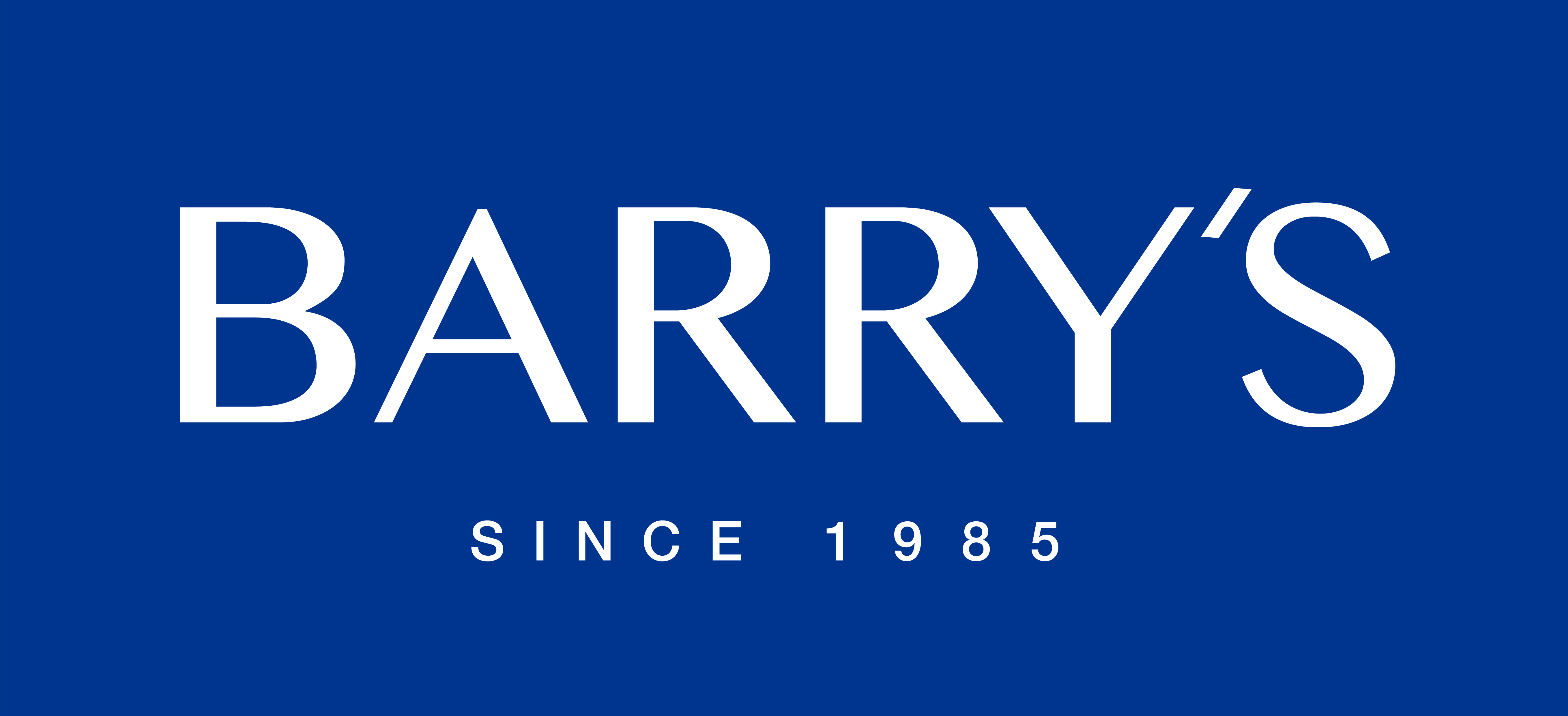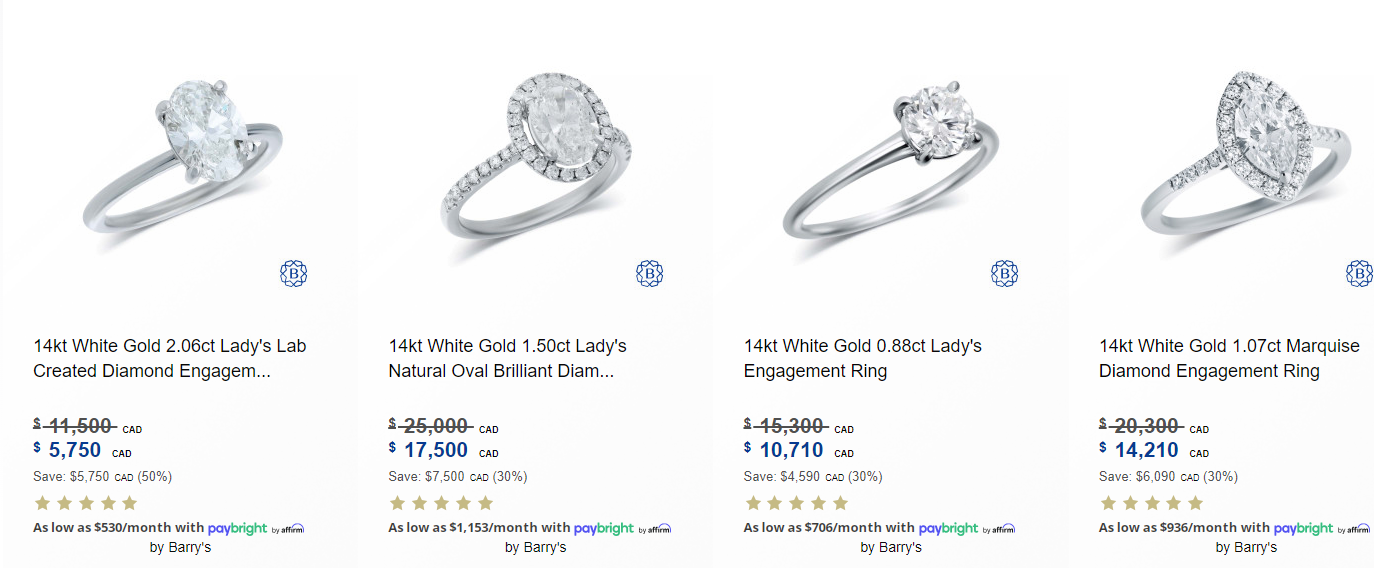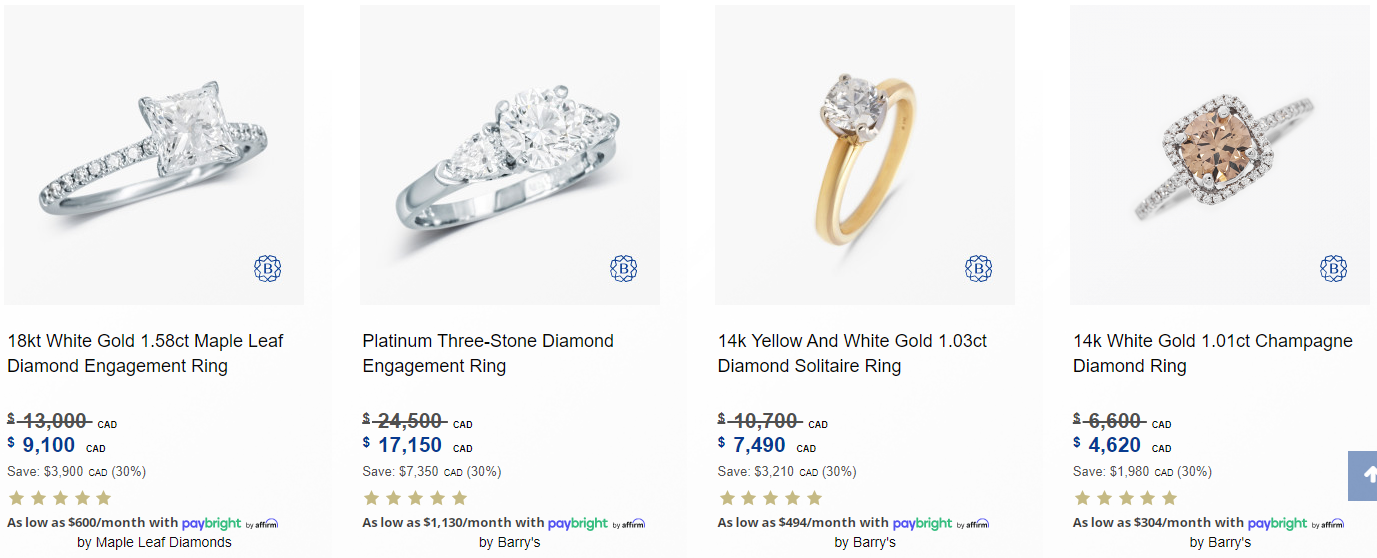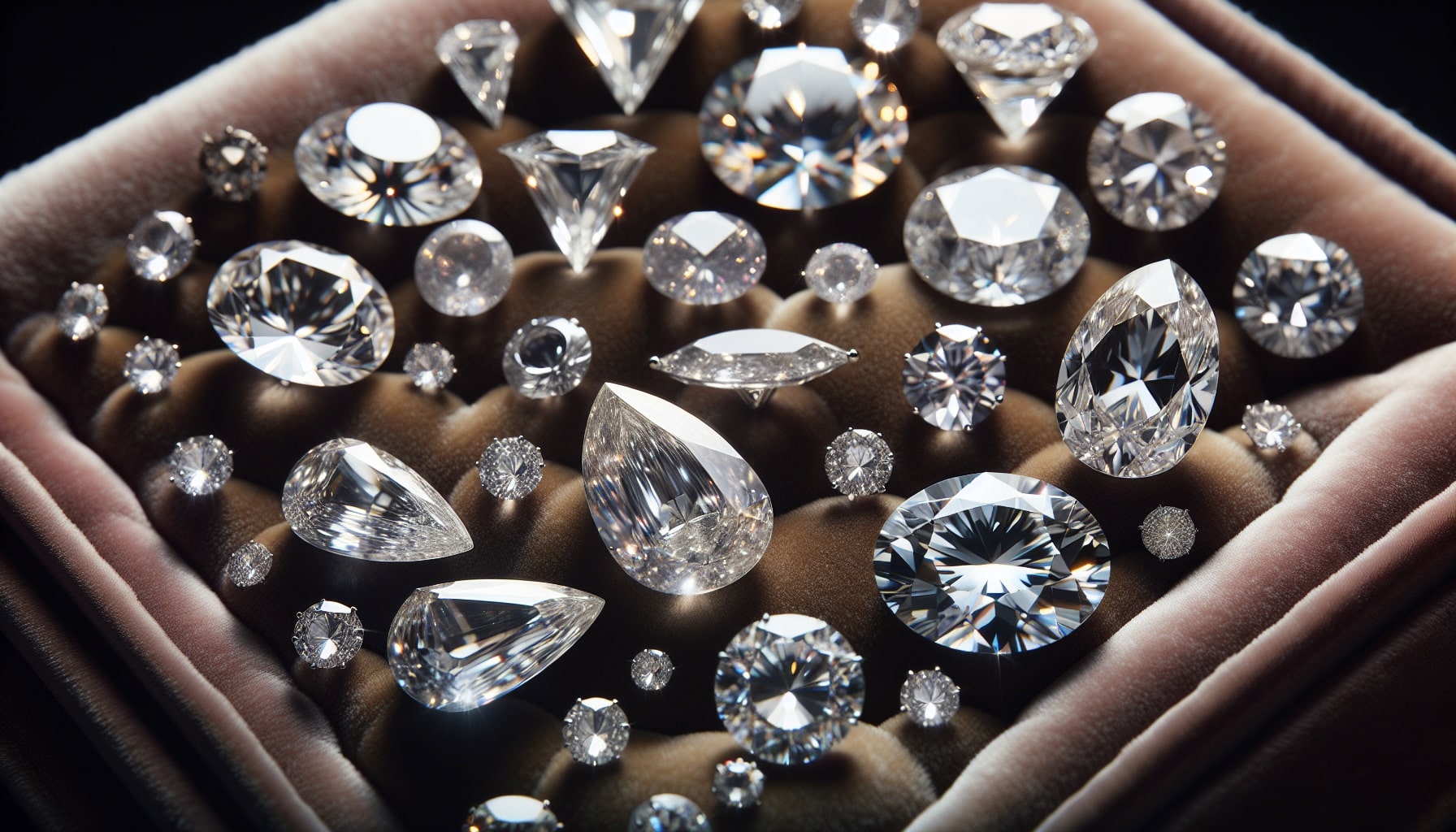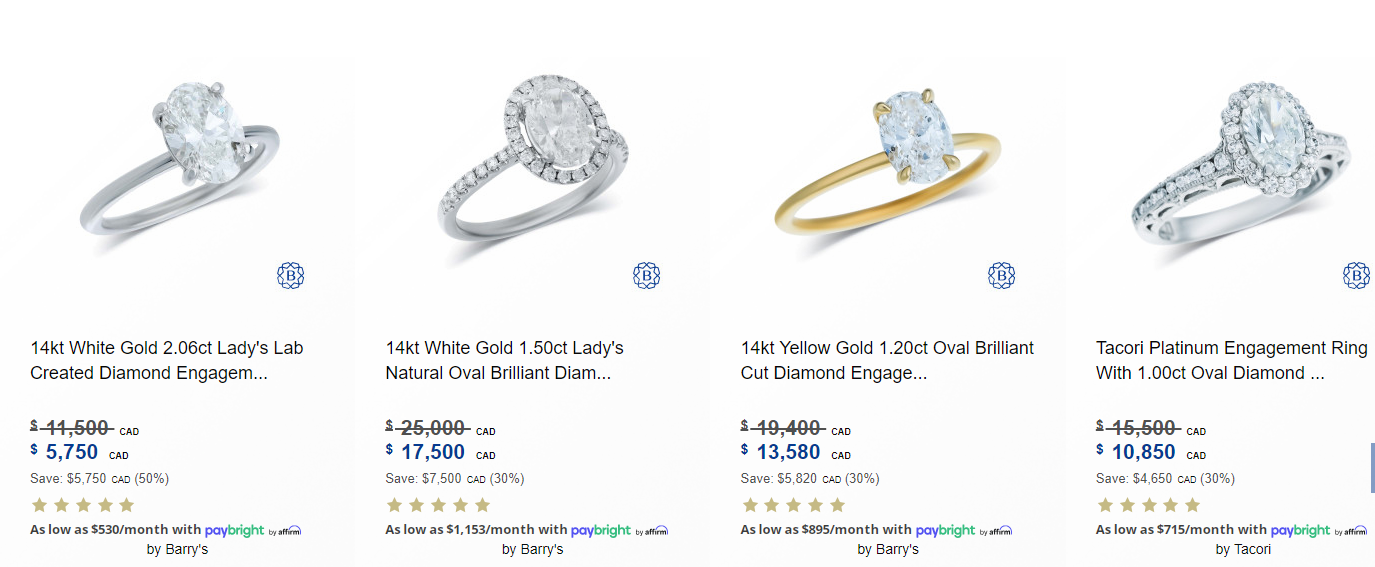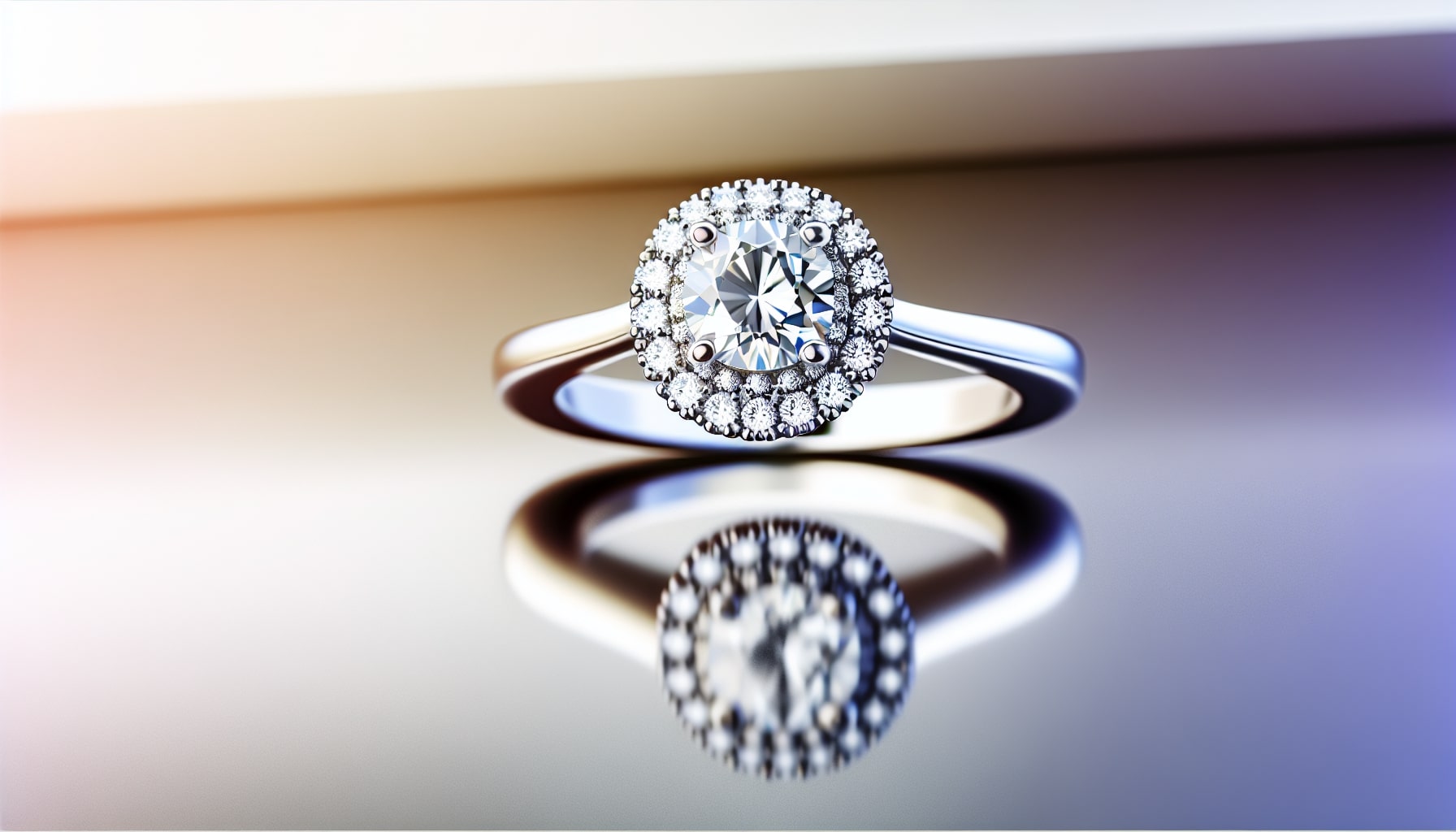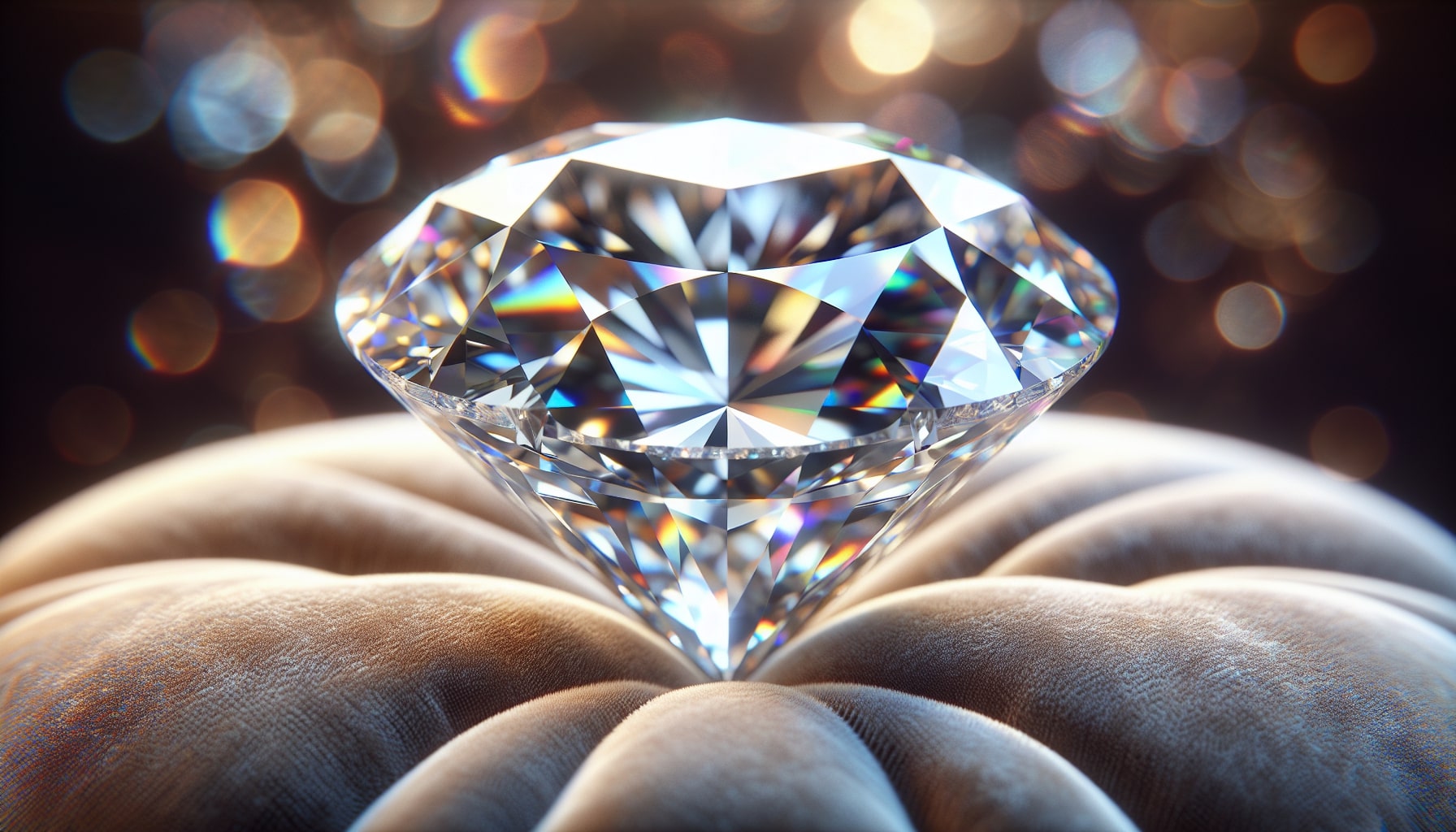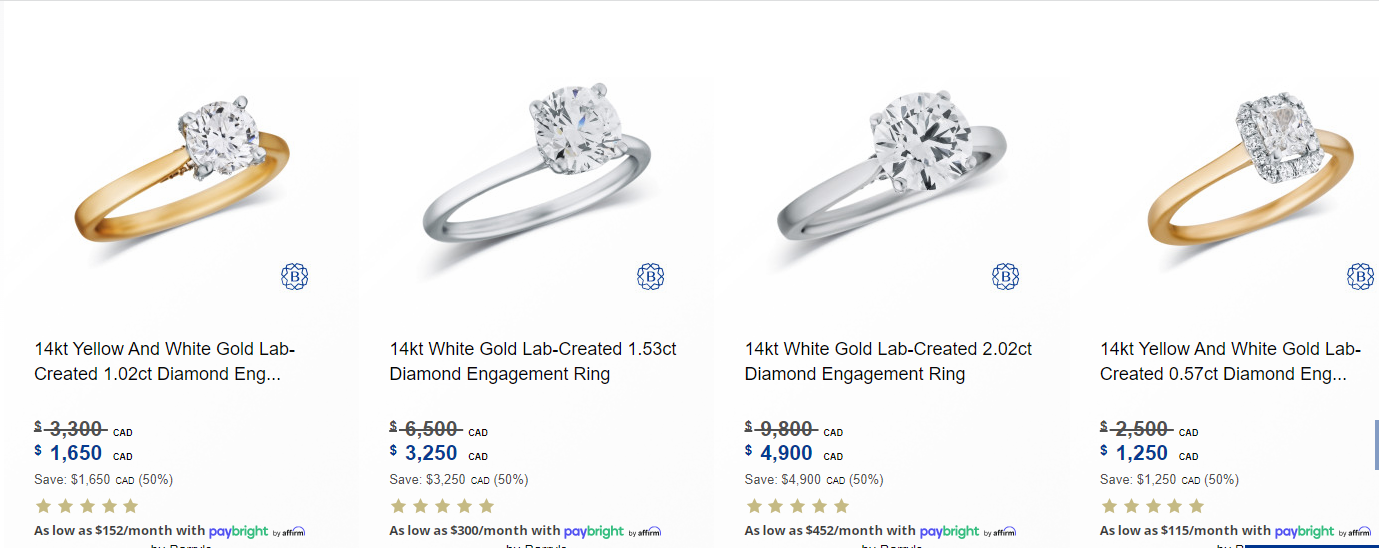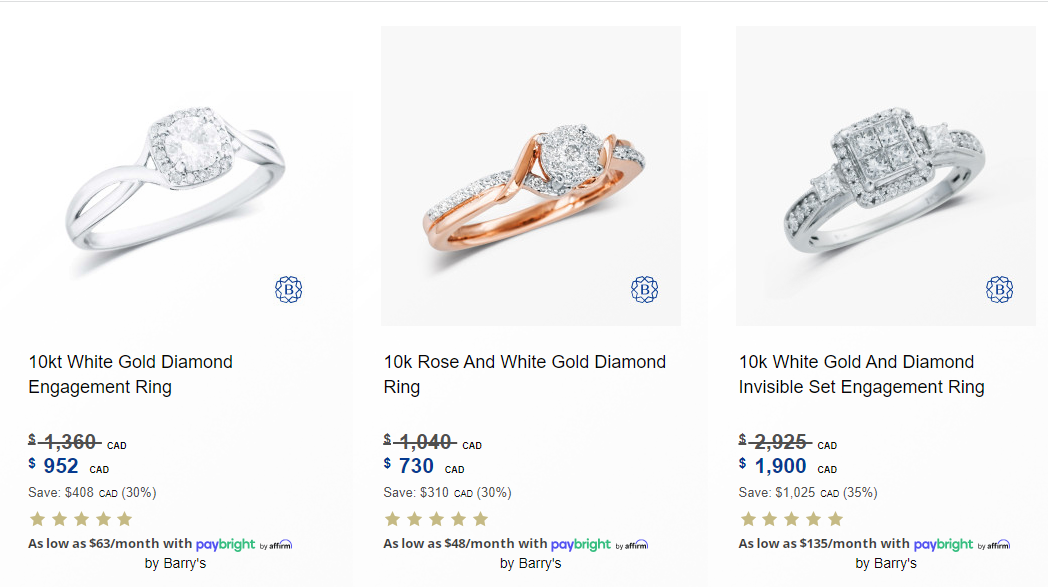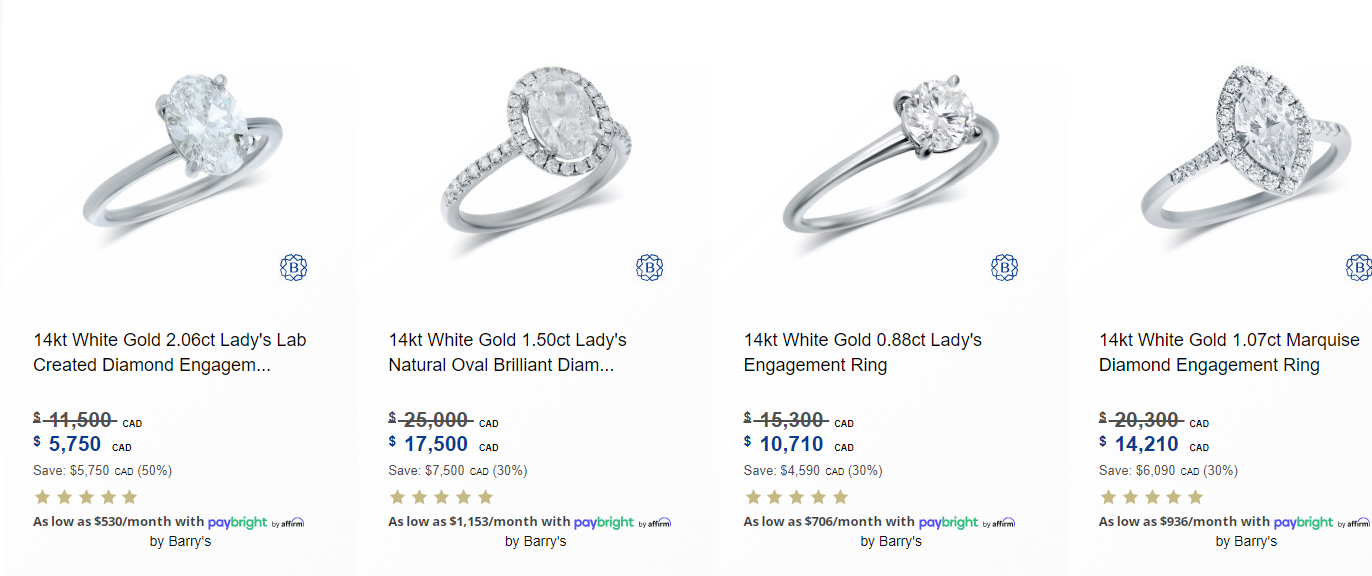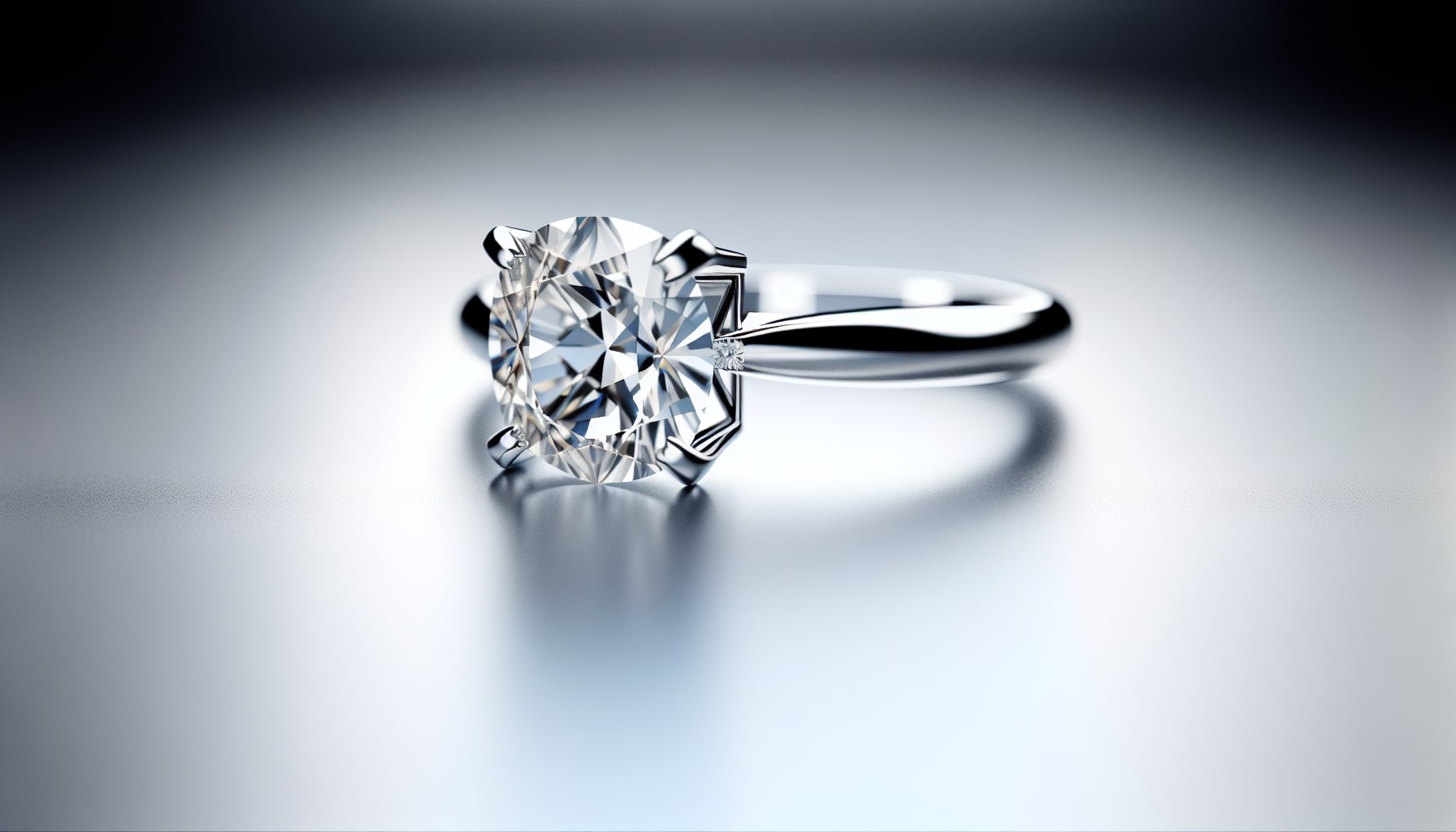What is a good size diamond for engagement rings?
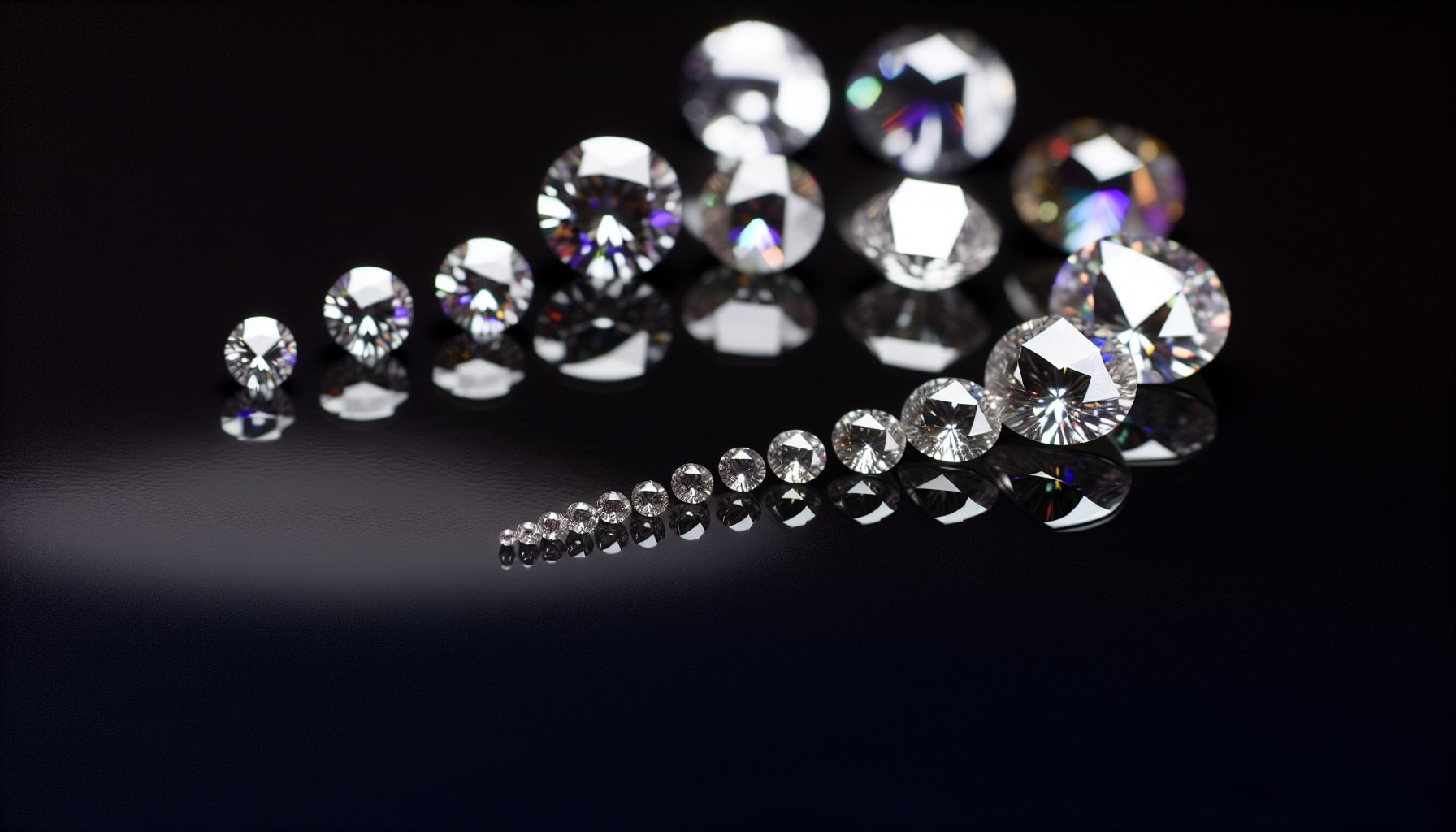
Deciding on “what normal size diamond for engagement ring” can be a balancing act between personal taste, budget constraints, and the message you wish to convey. This article strips away the complexities, guiding you through the selection process with straightforward advice to secure a diamond that’s just right for you.
Key Takeaways
- Diamond carat weight is a measurement of weight, not size, and while higher carats often indicate a larger diamond, the cut and shape significantly affect the diamond’s perceived size.
- The average carat size for engagement rings varies globally, reflecting cultural differences, with personal preference, budget, and style being crucial factors in selecting the right diamond size.
- Ring settings like halo, cluster, bezel, and prong can enhance the visual size of a diamond, while quality often takes precedence over size, with a diamond’s cut, color, and clarity determining its value and appearance.
Decoding Carat Weight and Diamond Size
The weight of a diamond, commonly known as carat weight, is measured in grams and divided into 100 points for precision. While higher carat weights typically indicate larger diamonds, the cut and shape also significantly affect the perceived size.
A well-cut diamond has excellent brilliance that makes it appear bigger than a poorly cut diamond with the same carat weight. Understanding how carats impact diamond size is crucial when selecting an engagement ring to ensure you choose the perfect fit.
Understanding the Average Carat Size for Engagement Rings
The average carat size of an engagement ring varies depending on location and demographics. In the United States, the standard size is around one carat, which reflects both traditional values and modern trends. This benchmark differs significantly in countries such as the UK, Japan, and China due to cultural differences and societal norms.
It’s essential not to let the average carat dictate what you choose for your own engagement ring. The perfect size should be a reflection of your personal preferences and symbolic of your unique love story. Factors like age, income level, and individual style also influence one’s choice of carat size, younger individuals or those with budget limitations tend to prefer smaller sizes while higher earners may opt for larger ones.
[Check out diamond engagement rings collection]
Factors Influencing Your Diamond Size Selection
When choosing the ideal diamond size for your engagement ring, there are several important considerations to keep in mind. Your budget, individual taste and preference, finger proportions, and lifestyle should all be taken into consideration as they can greatly impact the best choice of diamond size for your ring. By carefully considering these factors, you can ensure that not only will your ring sparkle beautifully, but it will also fit seamlessly into your daily life.
Budget Considerations and Diamond Size
When selecting a diamond engagement ring, your budget plays a crucial role in determining the size of the diamond you can afford. Larger carat sizes are more valuable and come with significant price increases due to their rarity. To make an informed decision within your budget, it is important to have an understanding of both your preferences for the diamond as well as key factors such as color, clarity, cut and carat weight (4Cs).
The starting price for a one-carat diamond is usually around $4,054. This may vary based on other quality elements. For example, a smaller but higher-quality one-carat diamond could be pricier than its lower-quality counterpart due to superior characteristics such as cut grade, color, and clarity. It’s essential to carefully balance between carat size and quality factors when selecting an engagement with a limited budget. This way, you can maximize the value of your money and get the best diamond for the right price.
Setting a fixed, budget-friendly amount and a particular preference for the diamond size are necessary steps to take when looking to invest in a diamond engagement ring. At the same time, it’s important to pay attention to special features like carat equivalency to come up with the most suitable one-carat choice. Along with the selection process, different factors such as average diamonds and smaller but finer ones become not so clearly defined although crucial in determining.
Be careful in lifting through options to achieve a higher level of satisfaction and excellence with every dollar spent on creating the shape of a ring you want to live intimate forever. In summary, start by considering economic limits before finalizing your selections as that will ultimately dictate how big or small the diamond in your worthwhile investments going to be.
Style and Aesthetics
The importance of style and aesthetics in selecting the size of a diamond should not be underestimated. The appearance and appeal of a diamond can greatly depend on its color and clarity, with many people prefer colorless or nearly colorless diamonds for their brighter look. To this, higher clarity diamonds (indicating fewer imperfections such as inclusions and blemishes) are sought after for their clean and radiant appearance.
While it is clear that size plays a significant role in the aesthetic aspect of choosing a diamond, there are other important factors at play as well. Cut quality, color grade, and clarity grade all contribute significantly to the overall attractiveness of a diamond regardless of its size. A well-cut diamond can exhibit exceptional brilliance, which enhances its beauty beyond just its physical dimensions.
Finger Proportions and Lifestyle
The size of the diamond you choose should be based on your finger’s proportions. The overall length and width of your finger can affect how big or small a diamond appears. For instance, if your ring size is smaller than 6.5, a well-proportioned diamond up to 1.5 carats would look balanced with its width.
Your lifestyle also plays an important role in determining the appropriate diamond size for you. If you are constantly engaged in physical activities or have a job that involves manual labor, it may be more practical and comfortable to opt for smaller diamonds between 0.5 to 1.0 carat Diamonds set closer to the finger can offer better mobility and reduce the chances of getting caught on objects when choosing low-profile settings.
When making decisions about average carat sizes for diamonds, consider all factors such as ring-type shapes, etc.
The Visual Impact of Different Diamond Cuts
The appearance of a diamond, and its perceived size, can be influenced by its cut. Different cuts such as oval, pear, emerald, or marquise have their own distinctive features that impact how they look.
These particular shapes are renowned for creating an optical illusion that makes the diamond seem bigger than it actually is. For instance, compared to round or square diamonds with equal carat weight measurements ovals and marquises give off a larger impression due to this clever visual effect. This characteristic greatly enhances the overall aesthetics of your engagement ring making it not only visually appealing but also symbolically representative of your special love story.
[Check all oval diamond rings]Maximizing the Illusion of Size with Ring Settings
The appearance of a diamond can be enhanced by the type of setting chosen for it. Various settings, such as halo, cluster, bezel, and certain types of prong settings, are specifically designed to make a diamond look bigger. This is achieved through an optical illusion created by these settings that gives the impression of a larger stone.
Some effective setting options that can create this effect include:
- Halo setting: encircling the center stone with smaller diamonds
- Cluster setting: grouping smaller diamonds closely together
- Bezel Setting: encompassing the diamond in a metal rim
These techniques work to make the central diamond appear larger and sparklier by creating a sense of more volume and catching light in multiple ways. This ultimately achieves an enhanced perception of a diamond’s size and spark.
To achieve maximum impact on size and brilliance, a well-chosen combination from among these recommended settings will do wonders for your center stone. A special mention has been made of two that are known to be really effective — the smaller halocircles a crater and clustered pebbles coalesce the room around a single point. Now be assisted through using versatile choices for nuance as well as the embellishment edge of four prongs accentuating ideal amounts of lighting sculls.
How to Choose Quality Over Quantity in Diamonds
In the world of diamonds, quality is more important than quantity. Focusing on diamond quality instead of size can lead to a more valuable and stunning engagement ring. A diamond’s value is determined by examining its cut, color, clarity, and carat weight.
Out of the 4Cs (cut, color, clarity, and carat), the most significant factor in a diamond’s beauty is its cut. An excellent cut enhances its fire and sparkle as well as overall appearance, making it crucial for determining both value and brilliance.
Color and clarity also play key roles in a diamond’s worthiness. A pure white or “colorless” diamond holds a higher rarity status while bettering their aesthetics with fewer flaws or blemishes.
Furthermore, maintaining our focus on the aesthetic appeal - an example being the invisibility to spot these such expensive gemstones either mined within soils and catching once placed between fingers during those special moments they represent. We have held rings, a beyond loyal part of secret that forever receives priority.
Navigating Diamond Sizes on a Tight Budget
Even with a limited budget, it is possible to achieve the desired diamond size without compromising on quality. Alternative options such as oval, cushion, and princess cuts are stylish choices that can save significantly compared to traditional round diamonds.
A lower clarity grade does not necessarily mean sacrificing appearance or style for cost savings when selecting a diamond. By choosing one with minor inclusions only visible under magnification but not by the naked eye, individuals can still have an appealing ring while staying within their budget.
For those looking for even more affordable options, lab-created diamonds offer excellent value at 50-70% less than natural ones. This enables people to obtain their desired size and quality of engagement ring without breaking their bank account on a traditional mined diamond purchase.
[Lab-created diamonds]Customizing Your Engagement
Ring for the Perfect Fit
A personalized engagement ring allows you to find the perfect blend of carat size, quality, and style. When choosing a jeweler for customization services, consider their ability to understand your vision and look for credentials like GIA certification to ensure their credibility and expertise.
The process of customizing an engagement ring includes thorough research on different styles and designs, effective communication with the jeweler regarding your preferences, and careful selection of diamonds based on your requirements.
Being actively involved in every step of the design process to bring your dream ring into reality.
While there is no fixed cost for customizing an engagement ring as it depends on various factors such as materials used.
Typically, a 10K gold setting can range from $750-$900 while a 14K gold setting may cost between $900-$1,200.
[10k gold diamond rings] [14k gold diamond rings]Finding the right balance between carat size, diamond quality, and overall aesthetic takes into account personal taste, budget, finger size, and lifestyle choices.
The Significance of Carat in Engagement Rings
Selecting the carat size of an engagement ring is a personal decision that should reflect the love and commitment it represents. The chosen carat size serves as a physical representation of the value placed on the relationship, demonstrating a dedication to investing in a meaningful and enduring partnership.
While cultural norms may influence one’s perception of carat size expectations, it is important for individuals to ensure their choice aligns with their unique story. In many cultures, larger diamond sizes are associated with status and prosperity - but ultimately, true worth lies not in carats alone, but rather in what these diamonds represent: unconditional love and devotion.
Ultimately, when considering an engagement ring or any piece of diamond jewelry for that matter, the emphasis should not solely be on its carat size but rather on the sentiment behind it.The significance of diamond engagement is greater than mere physical measurements; it represents a deeper level of feelings and commitment shared between two people who choose to embark upon life’s journey together.
Summary
The process of selecting the ideal carat size for your engagement ring involves understanding its weight, taking into account your budget and personal style, as well as finding a balance between quality and size. While societal expectations may play a role in this decision, it’s important to remember that the perfect carat size should reflect your unique love story. By considering these factors and working with a trusted jeweler, you can find an engagement ring that embodies the depth of your commitment using all necessary information about the diamond’s weight (carats).
Frequently Asked Questions
Is 2.5 carats big for an engagement ring?
An engagement ring with a 2.5-carat diamond is considered to be on the larger end and is not commonly found due to its size and high quality.
Is a 0.7-carat diamond too small?
Having a carat weight of 0.7 does not necessarily make a diamond too small, as it can still possess an impactful size and visibility when incorporated into jewelry.
Is 1.5 carat too big?
A diamond with a carat weight of 1.5 can appear stunning and sophisticated on any average finger size, making it an ideal selection for those seeking a bigger stone. With dimensions of approximately 7.4 mm, this diamond offers a beautiful and eye-catching appearance (Date not specified).
What is the average size diamond for an engagement ring?
In the United States, it is common for couples to choose an engagement ring with a one-carat diamond. For European couples, the typical choice is between 0.5 and 0.6 carats.
When considering size, younger couples usually opt for diamonds ranging from one to two carats while older couples tend towards larger sizes when selecting their ideal engagement ring.
The average size of diamonds used in engagement rings varies depending on location and age group preferences. Many US partners select a one-carat diamond while Europeans often prefer smaller options at around half or slightly over half a carat.
What is the carat weight in diamonds?
In the diamond industry, carat weight is a crucial factor as it determines the actual mass of a diamond. One carat equals 0.200 grams or 1/5 gram and carries considerable influence on both the appearance and cost of a diamond.
